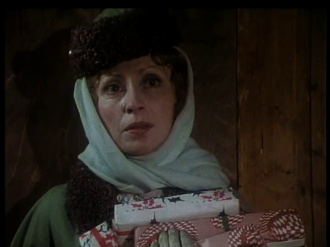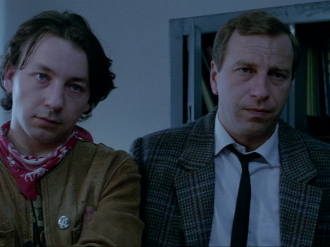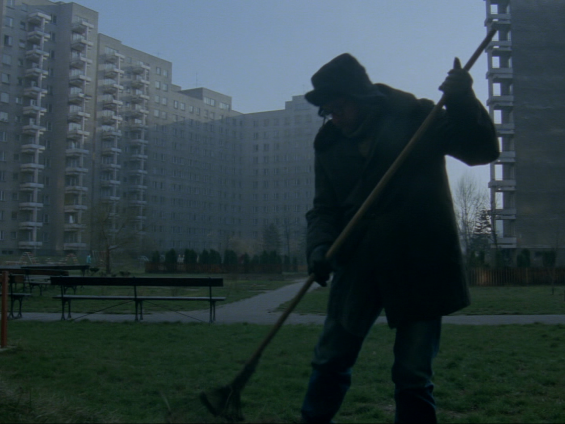- Duration:
53’
- Genre:
DRAMA
- Resolution: HD
- Year: 1988
This
original series illustrating the Ten Commandments has firmly established
Kieślowski’s international reputation. Each of the presented stories is linked
to the theme of a particular commandment. Because of its form, all viewers are
deeply moved by these movies, regardless of their views or religious beliefs.
Asked on numerous occasions why he had chosen such a hard subject, the director
replied curtly: “It’s worthwhile to be reminded of these ten very well written
sentences. There needs to be a point of reference, a definitive criterion
(...)”. The series won numerous awards at film festivals and is one of the most
recognizable Polish productions.
‘Swear to it!’
– in this demand directed to a hard-faced doctor by pregnant Dorota, torn apart
between love to her dying husband, another love to her lover living across the
ocean and the desire to become a mother, which was impossible until then, the
second commandment of the Decalogue echoes. At first, the doctor refuses to tell
her his uncertain prognosis but he realizes that the unborn child’s life is at
stake. In his memories, he recalls the drama experienced by him during the war,
when he lost all his family. All that has left is a photo of his family and
crippled faith in God who, as he believes, is not Almighty, but merely a
private divinity. Yet a hardly noticeable by anyone orderly in the hospital,
played by Artur Barciś, recalls the Reality that is not the subject of human
predictions and limitations. The final part of the second film of The
Decalogue consists of two moving sequences: the first is a masterful
utopia travelling taking the viewers from the solitude of the characters closed
in the micro-worlds of their experiences and feelings to a hospital room, where
in a glass of compote a bee is fighting for life, symbolically promising
victory over death. The final scene has a clearly religious character: during a
night conversation with the doctor Andrzej, who looks similar to dead Christ
shown in a Renaissance painting by Andrea Mantegna, confesses that he ‘came
back from beyond’. The ambiguity of the end – perhaps the talk with Andrzej is
only a dream? – finds its explanation in the fifth and eighth parts of the
cycle; nevertheless, it does not dispel some doubts.





